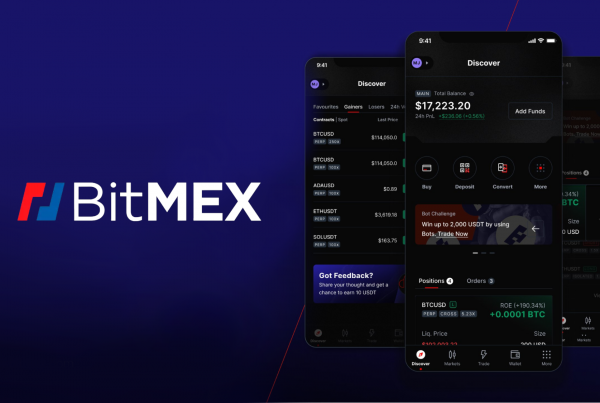
Stablecoins are a unique breed of cryptocurrency designed to mitigate the volatility inherent in traditional cryptocurrencies like Bitcoin or Ethereum. While cryptocurrencies are notorious for their price fluctuations, stablecoins aim to maintain a stable value by pegging their worth to another asset, typically a fiat currency like the US dollar or a commodity like gold.
One of the most common types of stablecoins is the fiat-collateralized one. These digital assets are backed by reserves of fiat currency held in bank accounts or other highly liquid assets. For every unit of stablecoin issued, there is an equivalent amount of fiat currency held in reserve, ensuring a 1:1 ratio and stability in value. Examples of these crypto assets include Tether (USDT), USD Coin (USDC), and TrueUSD (TUSD).
In some cases, the same stablecoin can be simultaneously deployed on multiple blockchain networks. This can happen for several reasons such as scalability, interoperability, redundancy and resilience, market access and liquidity, diversification of risks, etc. To achieve this interoperability, developers often use technologies such as cross-chain bridges, interoperability protocols, or wrapped tokens. These mechanisms enable the movement of assets and data between different blockchains while ensuring consistency and security. Additionally, smart contracts and decentralized finance (DeFi) platforms may support the interoperability of stablecoins by providing liquidity pools and trading pairs across multiple blockchains. This way, users can easily swap usdt erc20 to trc20 and other similar pairs.
Another type of stablecoin is the crypto-collateralized one. Instead of being backed by fiat currency, these coins are backed by a basket of other cryptocurrencies or digital assets. Smart contracts govern the collateralization process, ensuring that the value of the underlying assets exceeds the value of the stablecoins issued. While crypto-collateralized stablecoins offer decentralization benefits, they can be susceptible to volatility in the cryptocurrency market. MakerDAO’s DAI is a prominent example of this type of crypto-collateralized coin.
Algorithmic stablecoins represent a newer category that relies on algorithms and smart contracts to maintain their stability. These cryptocurrencies do not require collateralization but instead use mechanisms such as algorithmic monetary policy or seigniorage to adjust the coin’s supply dynamically in response to changes in demand. Ampleforth (AMPL) and Terra’s TerraUSD (UST) are examples of this type of cryptocurrency.
Why Use This Type of Cryptocurrency?
Stablecoins offer several advantages over traditional cryptocurrencies. They provide a convenient medium of exchange and store of value without the extreme price volatility associated with other cryptocurrencies. They also enable seamless and efficient transfer of value across borders, making them attractive for remittances and cross-border transactions. Diversifying your money with several of these cryptocurrencies can offer several benefits, including risk mitigation, access to different features, and increased flexibility. For example, you can exchange part of your busd to usdt to diversify your portfolio.
Moreover, stablecoins facilitate access to decentralized finance (DeFi) protocols and applications, allowing users to earn interest, borrow, lend, and trade assets in a decentralized manner without exposure to volatility. Many DeFi platforms use this type of cryptocurrency as the primary unit of account and liquidity.
Despite their benefits, stablecoins are not without challenges. Regulatory scrutiny, particularly concerning fiat-collateralized stablecoins and their backing reserves, remains a significant concern. Additionally, maintaining stability in the face of market shocks or changes in demand can be challenging, particularly for algorithmic stablecoins.
Final Words
Overall, stablecoins play a crucial role in the cryptocurrency ecosystem by offering stability, liquidity, and interoperability with traditional financial systems. As the space continues to evolve, it’s likely that these assets will remain a cornerstone of digital finance, enabling greater financial inclusion and innovation worldwide.



